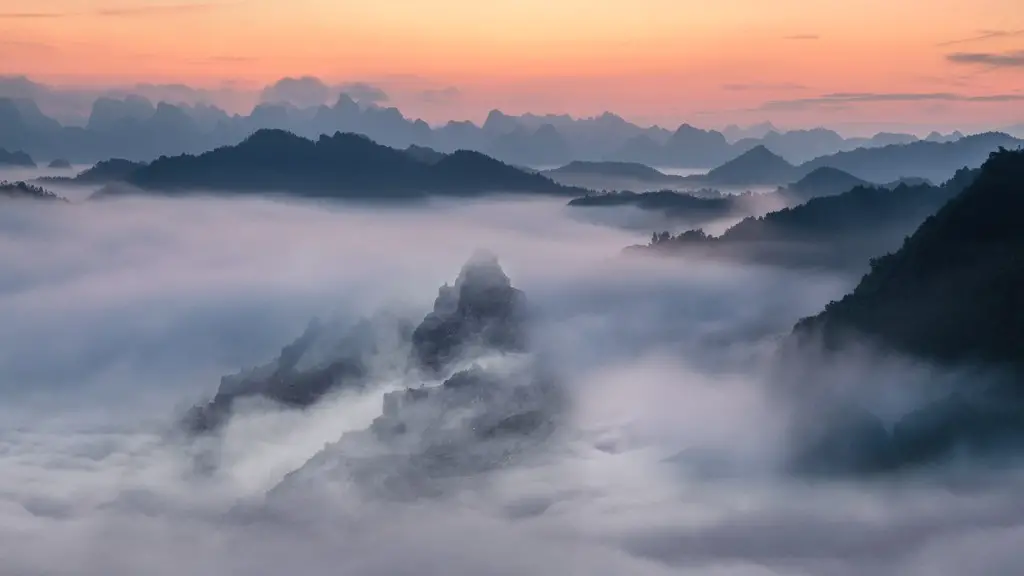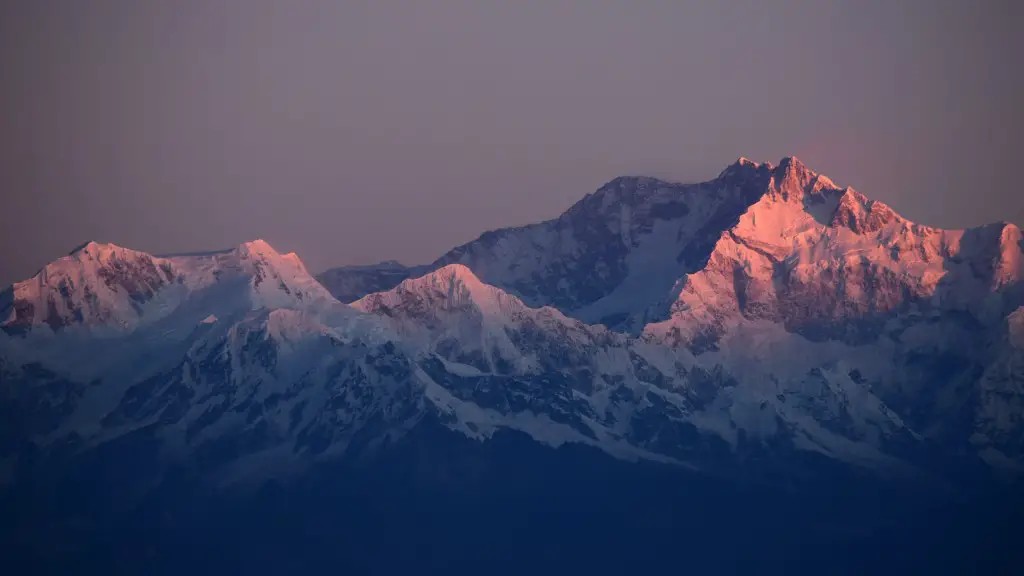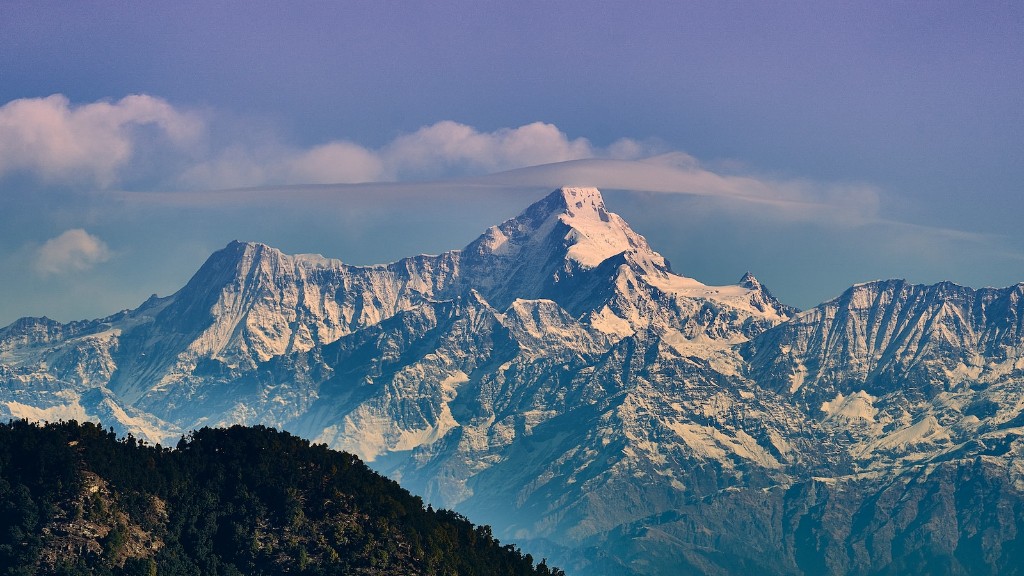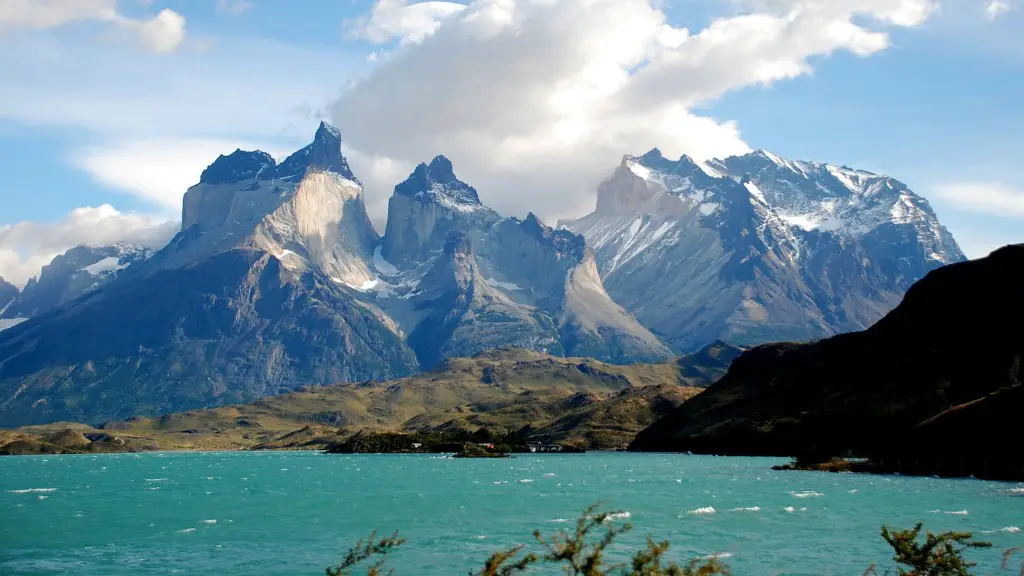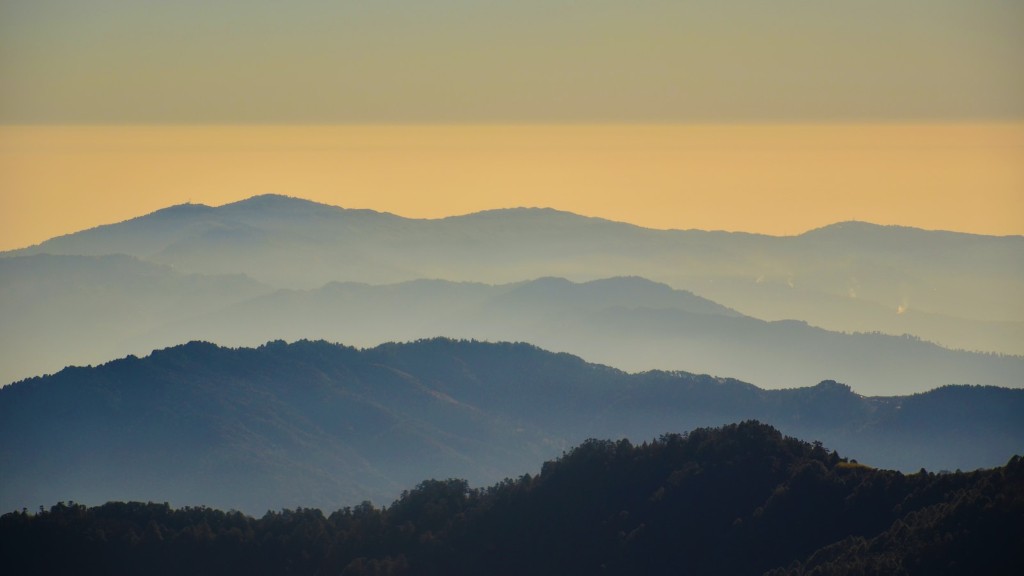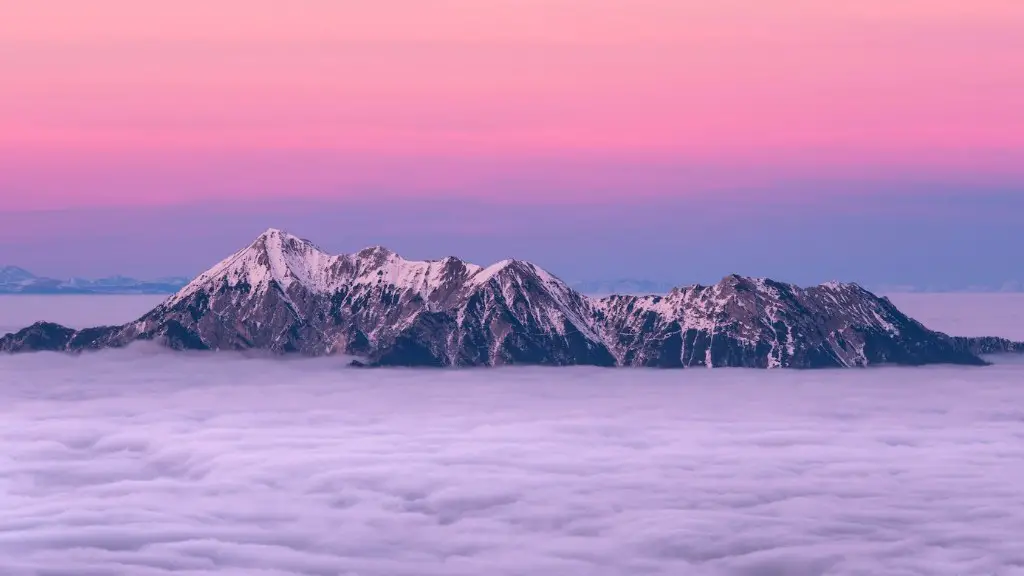It is very cold on the top of Mount Everest. The average temperature is about -29 degrees Celsius.
The average temperature on Mount Everest is -19 degrees Celsius. However, it can get as low as -60 degrees Celsius at the peak.
How cold does it get at the top of Mount Everest?
The weather and climate on Mount Everest is one of the most extreme on Earth. Temperatures at the summit are never above freezing and during January can drop as low as -60° C (-76° F). Despite the low temperatures, the biggest issue faced by climbers are hurricane force winds and wind chill. These conditions can make it impossible to climb the mountain, even with the best gear and preparation.
The warmest months on the summit of Mount Everest are July and August, when the average temperature is around -2°F-0°F (-16°C to -18°C) during the night and a few degrees above this during the day. The warmest temperature ever recorded on the summit is in the 10-15°F (-10°C to -12°C) range on still, sunny days.
Can you breathe at the top of Mount Everest
On the peak of Everest, it can take minutes just to catch your breath. That’s because, at an elevation of 8,848 meters (29,029 feet), each breath contains one-third of the oxygen found at sea level. The air is so thin that your body has to work harder to get the oxygen it needs.
The “death zone” is a term used to describe the altitude range above 8,000 metres (26,000 feet) where the oxygen levels are insufficient to sustain human life for an extended period. All of the world’s 14 tallest mountains are found within this altitude range, making them extremely dangerous to climb. Many climbers have lost their lives attempting to summit these peaks, and the death zone is a constant reminder of the dangers of mountaineering.
How do climbers stay warm on Everest?
Heat pads are simple and effective tools that can be used by climbers to help them summit high mountains. Many climbers have used them successfully on mountains like Everest, Mount Vinson and McKinley. All of them have praised the heat pads highly.
The 1996 Mount Everest disaster was one of the deadliest in the history of mountaineering. On May 10–11, 1996, eight climbers caught in a blizzard died on Mount Everest while attempting to descend from the summit. The climbers included experienced mountaineers from several countries, including two professional guides. The disaster occurred during a period of unusually high traffic on the mountain, with more than 150 climbers attempting to summit in a single day. Many of the climbers had little experience climbing at such high altitudes, and some had been turned back by bad weather earlier in the season.
What is the oldest body on Mount Everest?
George Mallory is one of the most famous mountaineers in history, due in part to the fact that his body was found 75 years after his death on Mt. Everest. In 1924, Mallory and his climbing partner, Andrew Irvine, disappeared during their attempt to become the first people to climb the world’s tallest mountain. While Mallory’s body was found in 1999, Irvine’s remains have yet to be discovered.
1) The Eastern Antarctic Plateau is the coldest place on Earth. The average temperature in this area is -94°C.
2) The Vostok Station in Antarctica is the second coldest place on Earth. The average temperature in this area is -89.2°C.
3) The Amundsen-Scott Station in Antarctica is the third coldest place on Earth. The average temperature in this area is -82.8°C.
4) Denali, Alaska in the United States of America is the fourth coldest place on Earth. The average temperature in this area is -73°C.
5) Klinck station in Greenland is the fifth coldest place on Earth. The average temperature in this area is -69.6°C.
6) Oymyakon in Siberia, Russia is the sixth coldest place on Earth. The average temperature in this area is -67.7°C.
How long can you stay in the death zone on Everest
The death zone on Mount Everest is an area above 8,000 meters (26,247 feet) where the air is so thin that it is impossible for humans to survive for more than a short period of time. More than 200 climbers have died in the death zone, most of them from exposure to the cold or from avalanches.
Our award winning team have been granted permits to sleep in Everest Base Camp even though, traditionally, only teams with expedition permits have been allowed to sleep there. Sleeping at Everest Base Camp is one of the more unique adventure treks out there. The views of the world’s tallest mountain are simply indescribable, and the experience of sleeping in one of the most remote places on Earth is truly unforgettable.
What is the main cause of death on Mount Everest?
Everest is a dangerous mountain, and the top three causes of death are avalanches, falls, and mountain sickness. Most avalanches occur during descent, when climbers are tired and their concentration is reduced. Falls are also common during descent, when climbers are less stable and more likely to lose their footing. Mountain sickness can occur at any time, and is often fatal. It is important to be aware of these dangers when climbing Everest, and to take precautions to avoid them.
Avalanches, icefall, and rockfall are three of the most dangerous overhead hazards facing climbers on Mount Everest. Unlike altitude-related conditions, these hazards can kill numerous climbers at once – especially if they are roped together. avalanches are especially dangerous because they can be triggered by the weight of a single climber, and can easily sweep climbers off the mountain. Icefall is also dangerous because large chunks of ice can break loose and fall on climbers below. Rockfall is perhaps the most unpredictable of the three hazards, as it can be caused by anything from the weight of a climber to an earthquake.
Can I climb Everest with no experience
It is true that you need experience to be a successful mountaineer. However, it is also important to have good footwork, self-management skills, and the ability to make decisions about when to turn back. These skills are just as important as high-altitude climbing experience.
The people of the Everest region are mainly the Sherpa. The Sherpa live in an area called the Solu-Khumbu district. The Solu-Khumbu district lies in the northern part of the Sagarmatha National Park. The Sagarmatha National Park was established in 1976. The word Sherpa means “people from the East.” Sherpa refers to their origins in Eastern Tibet.
What kills climbing Everest?
Since 1953, when the first men reached the summit, more than 300 climbers have died on their way to the top of the world’s tallest mountain. A third of these succumbed to the deadly lack of oxygen.
There are plenty of places where you can shower on the trek. The only issue with this is that sometimes the water isn’t hot. All of the showers available on the Everest Base Camp trek are heated by solar power so if it’s been a cloudy day or for a couple of days you’re not going to get any hot water.
How much weight do you lose climbing Everest
Climbing Mount Everest is no easy feat – it takes months of preparation and training, and even then, it is a dangerous undertaking. Those who are successful in reaching the summit often do so at the expense of their own health, losing significant amounts of weight in the process.
While there is no one perfect diet for climbers, expedition companies generally recommend simple foods that are easy to carry. This is because when you’re climbing at altitude, your body is already working overtime and doesn’t need the extra stress of digesting complex meals.
So, if you’re planning on climbing Everest, make sure you pack plenty of simple, nutritious foods that will help you stay energized and healthy throughout your journey.
While the rewards of scaling Mount Everest are great, the risks are also high. Every year, hundreds of climbers attempt to summit the world’s highest mountain, and the fatality rate is a staggering 141%. For many, the risks are simply not worth it. But for those who are willing to accept the challenge, Mount Everest is an unforgettable experience.
Final Words
The top of Mount Everest is very cold. It can get as cold as -60 degrees Celsius.
To conclude, the temperature on the top of Mount Everest can range from -60 degrees Fahrenheit to -76 degrees Fahrenheit, making it one of the coldest places on Earth.
